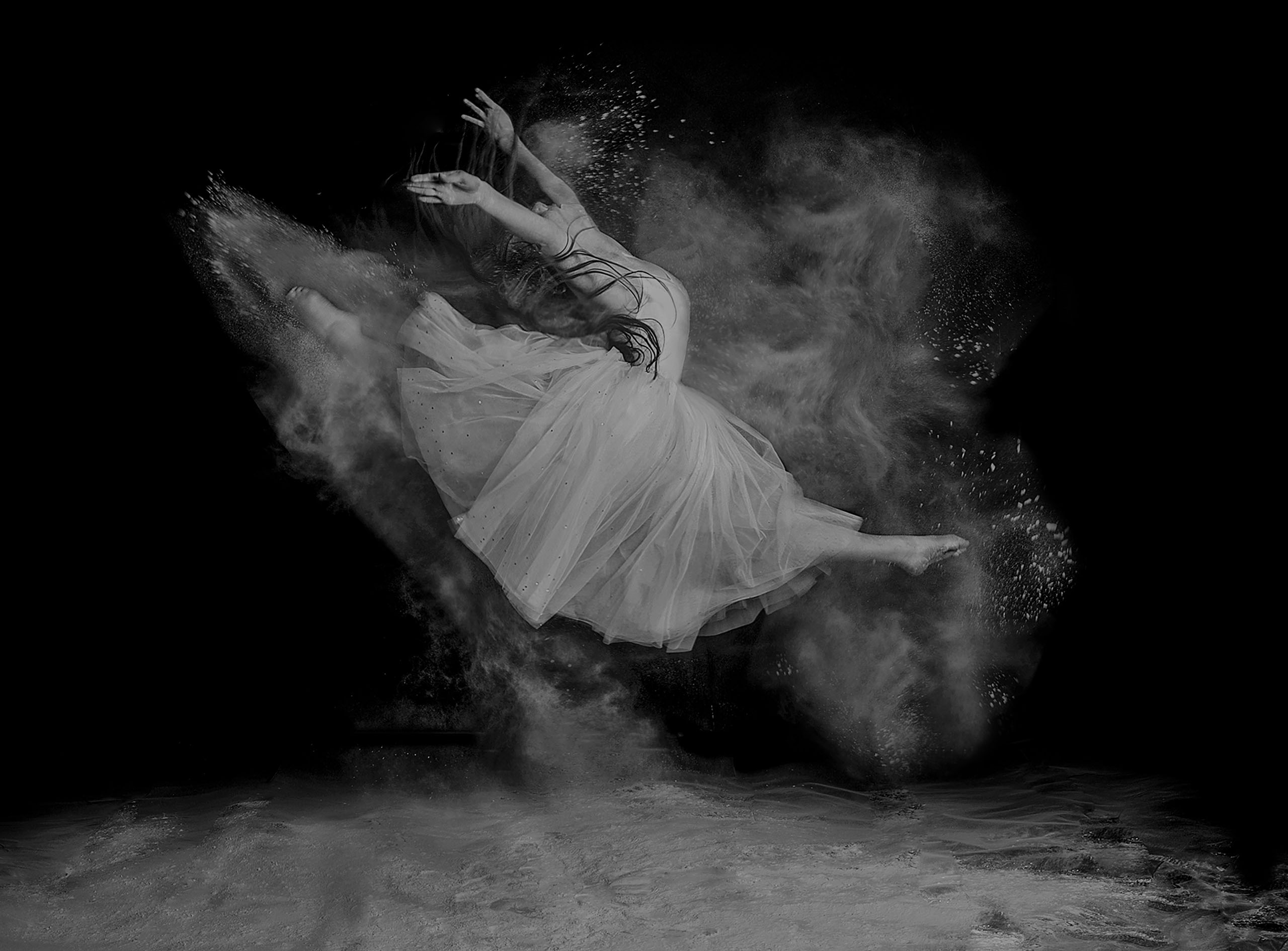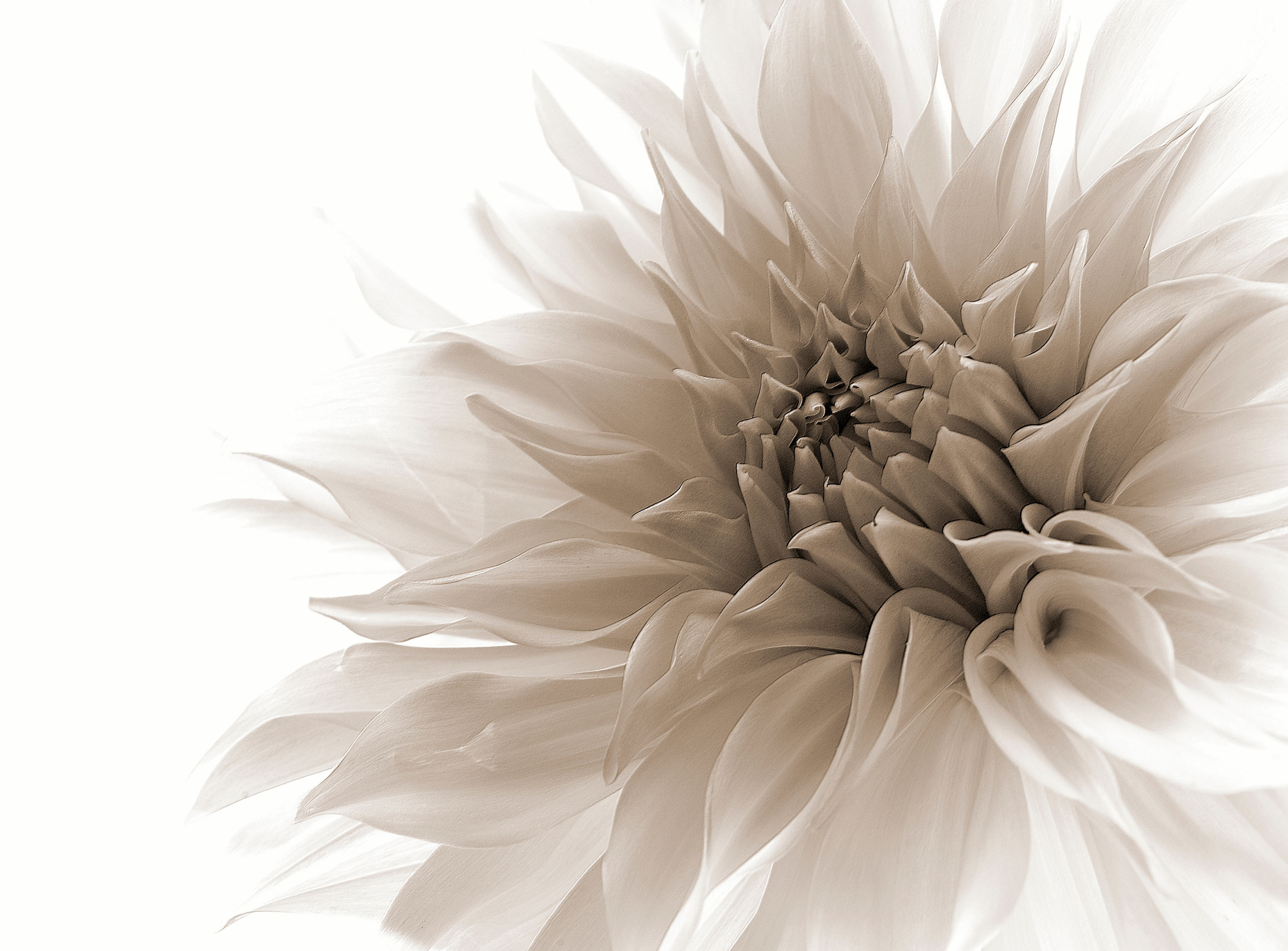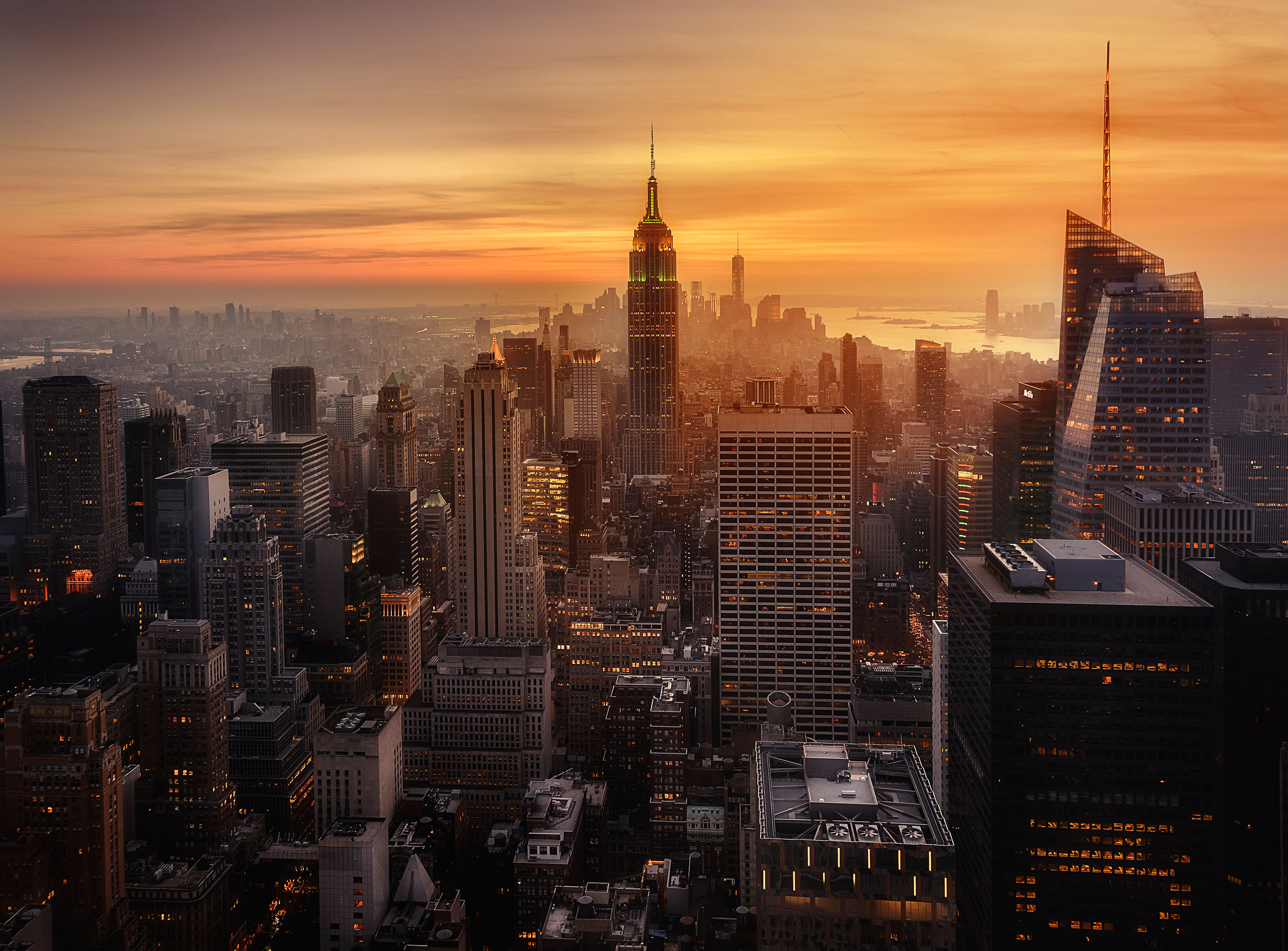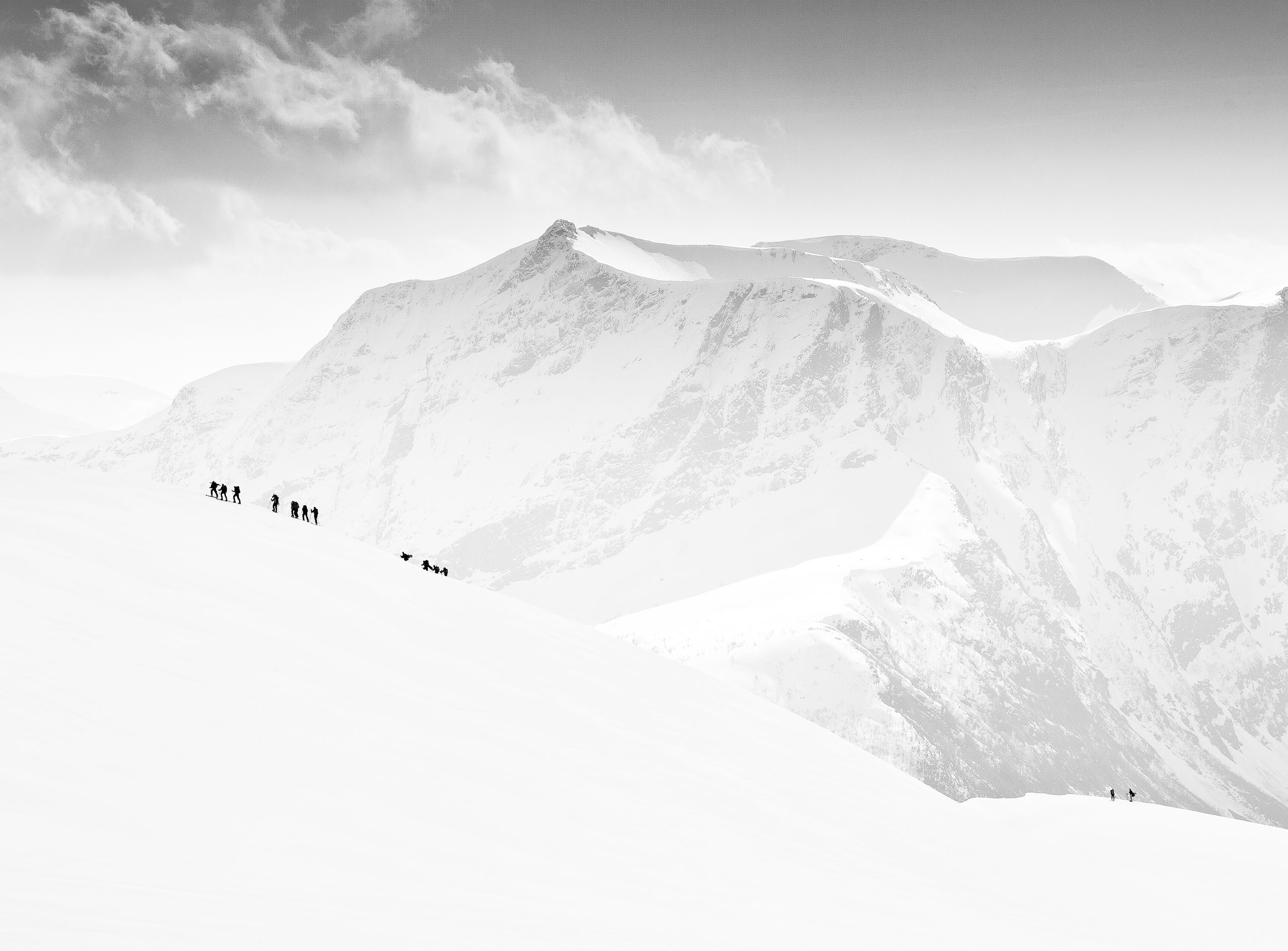SEARCH






|
|
|
|


This week, our special attention goes to an amazing man and great photographer Matej Peljhan who deserves respect and admiration. His work excels on many levels. Matej had a bad injure at the age of 10 who influenced the rest of his life. He studied clinical psychology and dedicated his career to children with special needs. He is also the co-founder of the Institute for Photo therapy of Slovenia. 
Tell us about yourself, your hobbies and other jobs, Matej.
I was born in 1967 and I live in Ljubljana in Slovenia, a small and beautiful country. I am married and have three children. I am a clinical psychologist by profession and I work with children and young people with special needs in a Center for education and rehabilitation. I have my own experience with handicap. I have no right hand and one eye.
I am interested in different activities, including sports and arts. One of my hobbies, among others, is triathlon. I finished the “Ironman” triathlon twice. This competition is considered to be the toughest physical one-day test in the world, in which the competitors have to swim 3,8 km, complete a 180 km bike course and run the classic Marathon in the length of 42,2 km.
7 years ago I started dealing with photography seriously. Until now I have exhibited my works in 15 single exhibitions. I have received more than 100 awards for my works. I published my work in monograph titled Fotografije/Photographies (2012) and I am the co-author of the book “Za-govor podob” - philosophy of photographic gaze (2011).
I also engage in films. I wrote a screenplay and I was the director of the short film which was awarded the special achievements award at the national film festival.
Due to my personal and professional ambitions I strive to bring photography as close as possible to the people with special needs. I co-founded “The Institute of photographic therapy” where we offer workshops, educate others in the field of the photographic therapy and publish professional articles. I am editor and co-author of a book entitled "Photo therapy – From Concepts to Practice", which was translated and published also in English.
You are active in many fields. Tell us something more about that.
It’s true that beside my professional career I am interested in many other activities. For me this is like additional ingredient which enables me a more diverse and interesting life, and most of all it fulfils me and stimulates me in my personal growth. Despite the fact that I am middle-aged, I try to keep the childish curiosity inside me, playfulness and most of all creativity that doesn’t come merely out of my professional obligations, but is the consequence of my free choice and will and personal need to express myself. What motivates me the most is exploring different aspects of life, getting to know myself and getting to know my own limitations. Sometimes we all tend to forget that every human being is a complex being that needs to be active in all areas of life- physical, intellectual, social and spiritual. For me the possibility of being able to engage in sport, culture, art and to be able to study is by itself the great privilege that is not accessible to every human on this planet. I am very thankful for this possibility and at the same time I take it as an obligation to myself.
Does your profession somehow influence your photography?
My personal experience and my education and professional work of course play an important role in my photography.
My education and my profession are of course part of my identity, part of my personality. Therefore it’s normal that they influence my photographic work. As a psychologist I gained some knowledge about human psyche, I know a bit about cognition, feelings and motivation, I am familiar with theories of personality, with development principles, with influence of the environment etc. In my psychotherapeutic work I have upgraded this knowledge with experiences and life stories that people share with me. All this shapes me as a person, it represents a good starting point and maybe even advantage for work in some photographic genres, and at the same time it can hide many traps for me as a photographer. As a psychologist I wish to maintain originality and honesty in my life and I don’t want to look at every aspect of life only through glasses of psychologist. And I believe that the same should apply to a photographer, I believe that it’s important for a photographer to be able to just go with the flow during his work instead of being analytical all the time. I am trying to find the right balance between analytical and intuitive approach all the time. I try to use my psychological knowledge as much as I can when making directed photos, where I try to connect psychological concepts with the scenario, gadgets and models. On the other hand, when making photos from other genres, for instance street photo, I prefer to just go with the flow in leave it to “higher forces”, as I say.
How has your history and life experiences affected your photography? What first attracted you to photography?
Photography came into my life rather late, although I have felt since my early years that this could be the perfect activity for me. As a child I was relatively talented in drawing, I liked to draw and paint, but I somehow never really succeeded to develop it to the stage where I would be able to express myself as I wished. Maybe partly the reason for that was in my handicap. When I was 10 years old, I found a hand grenade from the 2nd World War. In the explosion I lost my right arm, left eye and suffered other injuries that make some physical activities hard to do. I was convinced for a long time that I wouldn’t be able to handle a photo camera. All brands and all models have the trigger on the right side and it seemed as invincible barrier at first. I thought about the problem for some time and then got the idea that I could turn the camera for 180 degrees and therefore move the trigger on the lower left side where my left thumb can reach it. Such photograph is turned upside down and I can turn it up later in computer with just one click.
When 7 years ago I finally found the courage and bought my first DSLR, I felt like I found a completely new world. I mastered the technical aspect of photography, I studied composition and most of all I took a lot of photos and enjoyed doing it enormously. After a while I got additional encouragement from others who liked what I did. I was surprised that they were able to “read” ideas and stories that I tried to express.
Describe your overall photographic vision.
In my photos, I most like to use ordinary, everyday life motifs, portrayed in a sincere way, and from my own perspective. I like to talk about human, about interpersonal relations betweens humans, about existential problems, about differences between generations, about dependencies from social aspects etc. Actually these are themes in life that all of us are dealing with. We carry them with us and of course we can also see them on the streets.
I wish for my photos touch whoever observes them emotionally and intellectually. As a photographer, I don't like clichés. Exaggerated repeating of the same motifs, shown in the same way all the time, kills creativity. I also dislike art that seems unique and original on the outside, but is empty on the inside and is incomprehensible.
In my opinion a photo is good when it’s convincing with its story. This may appear easily understandable to its viewer at first glance while on the other hand it invites the viewer to look at it over and over again and reveals new aspects, new questions and new thoughts about it.
Usage of contrasts is absolutely my favourite way to express myself. I use it to enhance visual and contextual aspects of a photo. Contrast actually means minimalization of information and it also means some exaggeration with which I lead the viewer to which part of the photo he should focus on the most. In everyday reality we are rarely exposed to extreme situations and extreme emotions, because life isn’t really black and white but rather grey. Despite of that it’s important that we sometimes find a way out of average greyness and with help of some radical standpoints find what our true values are. My expressive motto is minimalism, which means that I am trying to show as much as I can with as little as I can. If some specific part of the photo doesn’t seem important, I rather don’t show it or just put it out of focus. For example, colours are just one of the artistic element for me. I see all photos black and white at first and start to add colour later if I feel the need for it. The moment when I feel the need for colours can vary from photo to photo. Sometimes colours can bring some specific emotional charge, sometimes they emphasize contrasts or contribute to the authentic look.
It’s noticeable that humour and irony are often presented in my photos, and I use them when I want to additionally draw attention of the viewer and emphasize the mood and the story.
Who are your favourite photographers and more importantly, how has your appreciation of their work affected how you approach your own photography?
Is there any specific photo taken by another photographer that has inspired you?
I can’t deny that each day I enjoy looking at many photos from many authors. There are some of them I admire a lot, but I can’t say that I have a true role model who influences my work. I like “classical” photographers from the 20th century, for example Henri Cartier Bresson. I could say that I am quite a classical photographer. Some would regard this rather negatively because they believe that you should always seek and find new ways and new approaches in photography. That kind of thinking doesn’t really interest me and I am keeping with the approach that is close to me. I am not afraid to be caught in repetitive copying of something already seen and done, because I believe that even when doing something already seen you can stay original, innovative and genuine. And I do keep getting confirmation from viewers who say that they often guess that I was the author of the photos before actually seeing who the author was.
Why are you so drawn by Conceptual and Creative Edit photography?
I just like photography with ideas and stories. I like to express my thoughts, my feelings, values and statements through the images. I think that this kind of photography allows me to express my creativity. For me there are two kinds of photos in these genres. I can go out and chase motifs with stories in my environment or I can produce the photos first in my inner vision in my mind and later make them in studio with the models and props or produce them on my computer. The whole creative process can last for a very long time and the final realization with pushing the trigger is mostly simple and most formal in those cases.
What is more important to you, the mood,/story behind your images or the technical perfection?
It’s essential that the form of the photography, which contains technical aspects and composition, is subordinated to its content and that it supports the story. And that’s the biggest problem in photography today in my opinion. While on one side I see a lot of technical, artificial, overworked and cliché photos, on the other side I see a lot of “rebellious” photos, technically neglected and intentionally “different” photos. The first ones are probably the most successful in marketing while the second ones seem to be the most promoted by curators, gallerists and art critics. The saddest part is that in both groups there is a substantial part of photos which are in my opinion without content and without true art value.
Do you prepare carefully the locations where you are intending to photograph?
If I make directed photos, I prepare the location as much as I can. I give special consideration to light, background, props and other things. In case I don’t make directed photos, I am usually not able to influence the location to a high degree. Especially street photography is very dynamic, and things can be very lively and unpredictable. It takes special attention from me and quick reactions to unexpected situations. I try to elevate possibilities for a good photo with the appropriate approach. I closely watch the surroundings and I try to anticipate positions where there’s a greater possibility for photogenic interaction between people. If it’s possible, I try to choose interesting perspectives. With layout I pay attention to background in a way that I try to eliminate the most disturbing elements or I try to include them in the story.
What gear do you use (camera, lenses, bag)?
I use the camera Nikon D800 with lens Nikkor 12-24 f/2.8, Nikkor 24-70 f/2.8 and Nikkor 70-200 f/2.8 which I certainly consider a good combination. Although good equipment doesn’t automatically make a good photo and I probably could shoot most of my photos with worse and definitely cheaper equipment, sometimes the conditions can be so demanding that I am grateful to have such good and capable equipment. Besides that, I can never use bad equipment as an excuse for a bad photo. On the other side better equipment means that I am easily noticed on the street. I avoid that problem with trying to move as seamlessly as I can and try to just be a part of the street current. Sometimes I also use the telephoto lens.
What software do you use to process your images?
I use Adobe Photoshop and Nik Collection Plug-Ins. Of course I take photos in Raw format, so I have to process all my photos. For me this is the last phase of my working process. There I distinguish two types of processing – image manipulation and image enhancement. When I post-process my photos, I am careful that the photo doesn’t lose its authenticity. It’s also important that you choose the proper genres for your photography regarding the process of creating and processing the photo. The viewer shouldn’t be deceived about that. That means that ethics plays an important role in photography as well.
What is your most important advice to a beginner in Conceptual and Creative Edit photography and how do you get started?
Of course I can’t give some universal and generally useful advice, because there isn’t one, and there shouldn’t be one. Each photo is unique, unrepeatable and miraculous in its way. Every photographer should evolve his own style, so simple recepies are quite useless. I think that some photographers have a natural talent for Conceptual photography. They can make good photos in an intuitional way, while others need to study principles of technique, composition and symbolism. Like the verbal language also the non-verbal language has its rules we have to know. With Conceptual photography the aesthetics moment is not so important. We should always be aware of what we want to say. I think that photographers who make an effort in the Conceptual photography, should also invest in self-reflection and work on their personal growth.
Are there any specific directions that you would like to take your photography in the future or any specific goals that you wish to achieve?
Actually I am quite unambitious as a photographer. I don’t want to set any goals which could be felt as pressure and could affect my creativity. For the same reason I am very cautious about evaluations and expectations from other people. I have just one wish and that is that my creativity would never diminish and that photography as a way to express myself would be there my whole life. Speaking of images represents an extremely strong way of communication which people all around the world understand without needing a translation. About a year ago, when my most successful series “Little Prince” was published, I was amazed by millions of viewings, by publishing in media and by thousand of emails I received. I am very happy to have the opportunity to offer what little I can to make this world a little nicer.
In the photographic field I wish to continue with promotion of photography as suitable activity for people with special needs. There is nothing more fulfilling than seeing the pride in the eyes of a handicapped person, who is deprived in so many areas, when he makes a good photo. I have a wish that photo therapy would become an established practice in the health and education system.
Describe your favourite photograph taken by you and why it is special to you?
I would like to represent the photo series which is probably the most known from my work. Its title is The Little Prince and it was made in 2013. It’s a true story about 12-year-old boy Luka who visited school in the center where I work. He had muscular dystrophy, which is a very hard and progressive disease. The signs of his illness were evident very early on, so he could never walk. His body had weakened so much that he could only do some movements and had very little strength. Even with the basic life activities, such as washing, dressing and feeding, and others, usually done self-evidently and by the way, he needed someone to help him all the time. The only thing that he was still physically capable of, were small, but very weak finger movements. With them, he managed the ‘joystick’ of an electric wheel-chair, pressed the computer mouse and held a pencil.
In spite of the physical handicap, Luka was an exceptionally creative boy. Ideas kept on boiling from his rich world of imagination, without acknowledging any limits. On paper, he drew different motives, on his computer, he designed logotypes, wrote texts, recorded hip hop music, edited videos… He was acquainted with his disease and knew what it meant for him and for his future. However, he did not talk about it a lot.
Once, in one of our conversations, he expressed a wish to see himself in the photographs- walking, swimming, dancing and doing several other things he was unable to do in life.
I wasn’t expecting that. I was afraid that when he saw himself in such pictures, he wouldn’t be happy, because he would be cruelly confronted with his condition and feel depressed. When talking to him I was very cautious and full of doubts, but then these doubts disappeared one after another. The imaginary world doesn’t mean an escape from the reality, it is a part of our reality. If we find an appropriate way to enter and exit this imaginary world, it can become a never-ending source of inspiration for our creativity.
The next question I needed to answer was- how do I do it? I didn’t want to use Photoshop. I wanted a simple and humorous approach that isn’t pathetic. I thought and I thought about how to solve this problem. I took my camera, climbed three meters high and looked down. As always, problems look different when viewed from a new perspective.
Luka was very happy when he saw the photos of himself, but then I was thinking that a photographic series would, with a proper presentation, interest a wider circle of people. If Luka’s story could touch me so much, it could perhaps reach other people, as well.
I mentioned to him the possibility of showing the photographic series to someone else, and he was immediately up for it. I talked to his parents and explained to them what this type of presentation meant and what it can bring along. They agreed instantly, as well.
Just a few days after I posted the photos on my website, up to then viewed around ten times a day only, something unimaginable happened. It was as if a mighty avalanche had fallen. The photographic content became viral and people started sharing it on the internet with no end to it. Numerous accomplished TV, print and internet media wrote about it and reported about it. On the web portal BuzzFeed, these photographs were even placed on the list of 35 most touching photographs of all times. It was possible to read a ton of positive comments, the number of views increased daily and reached millions. Luka became a true star. He got interview requests from everywhere and got invited to many places in the world. Every day, a lot of e-mails of support and personal stories of different people got to him, describing their experience and expressing their feelings.
It was obvious that the story honestly touched many people. Perhaps it was because Luka’s story is depicted positively and wittily despite his difficult life circumstances. Perhaps it was because the photographs address us all so non-violently that we think about different perspectives and true values in our own lives. That we realize we do not live in a single dimension, the dimension of banality, superficiality and materiality. And that we see how the shackles that bind us and do not let us breathe can only be overcome by our own activity and creativity. Every single one of us holds his or her own pen and paper, therefore he or she has all the possibilities to draw and create a balloon to lift him or her above the clouds.
Is there anything else you wish to add and what do you think about 1X as a home base for your work?
1X is undoubtedly one of the most famous photographic sites in the world. It has quite a strict curation criteria and strong artistic vision. I can say that 1X was an important site in my photographic development. Here I found a lot of inspiring works and incredible authors. You wouldn’t believe how happy I was when my first photo was published here. Now I have more than 100 photos published, but even today I am happy when a new one gets published. When I was in the beginning in my development and I had a lot of doubts about what is good and what is not, the curators choices helped me a lot. Nowadays I have a little more self-confidence and also it seems that some things on the site are changed, but all in all I still have a positive opinion about it. I have my homepage on 1X and a lot of guests view it daily, so it has an important promotional role for me.
 | Write |
 | Edith Hoffman Wonderful work and creations Matej and touching story too about Luca. You made his imaginary world reality and for a moment he could do anything he wanted, you created this for him. Respect for you and keep up the good work. Looking forward to your new creations!! Also thanks to all who were involved in this interview. Have a great week and take care :-) |
 | Matej Peljhan I would like to express my thankfulnes to Yvette for interview invitation and further support and cooperation. And thanks to all of you who have left such a kinde and positive comments. And of course thanks to all who have just read it. I am glad and very honored. |
 | Yvette Depaepe CREW No thanks, Matej!!! All pleasure is mine + the many 1x members and readers! My hat off for your work and your strong and sensitive personality. Cheers, Yvette |
 | Christian Roustan (Kikroune) What a great interview, Yvette! The story of young Luka is very touching, and the pictures are fantastic! |
 | Yvette Depaepe CREW It feels so good to share Matej's interview and the story of Luka. It was about the first series I saw when I started on 1x and it keeps on moving me so deeply. Like Greg Barsh wrote in his comment: thanks to Matej for being on the planet". |
 | Antonyus Bunjamin (Abe) PRO Thanks a lot about interview..There's a lot things I can get about humanity inside from Matej's work..he have a great of kind heart..Thx too for Yvette for great interviewer..Best warm regards always!!! |
 | Yvette Depaepe CREW Thanks Antonyus, it was a honor to me to interview this incredible personality Matej is! |
 | Greg Barsh Fantastic! Matej's story and artistry are moving and inspirational. Thanks to Matej for being on the planet, and thanks to Yvette for being moved to share his story. |
 | Yvette Depaepe CREW It was a pleasure to interview this great man Matej is. Glad to share his story here. Love your words 'Thanks to Matej being on the planet'. Better than 1000 words and I fully agree, Greg ;-) |
 | Bojan Bencic PRO Inspirational interview. Congratulations, Matej! |
 | Mohammad Soheilinia Photos in this series can be a photographer thinking that the author is quite sensitive to the world around him and everything is under quite touched,I have to say the photographer's vision and specific language about the psychology of children and adolescents can be easily felt,
Images minimalist with simple components that are arranged together to form elaborate.
Thank you, Mr. Matej Pejhan that's really for sharing your photos with us and you yvette For implementation this talks that much can be learned for friendly conversation!
|
 | Yvette Depaepe CREW Thank you, Mohammad! I have a huge admiration for Matej's work and his great personality!!! |
 | Milan Malovrh PRO Čestitke Matej! |
 | Jure Kravanja PRO Matej, excellent!!! |
 | HAN dong hee PRO Great works. Thanks for excellent interview. |
 | Uroš Florjančič Mate, kaj naj rečem ... odlično. |
 | Hessam M. Nik Great interview, and great photographs. Congraulations Matej Peljhan! |
 | Gloria Salgado Gispert I have enjoyed every single line of the interview and every single image o Matej's gallery. Thanks Yvette and Matej, you made my day :)) |
 | Yvette Depaepe CREW Thanks a lot for both of us, Gloria! All honour goes to Matej!!! |
 | Dragan M. Babovic Excellent interview. I am always thrilled of every new photo made by Matej. He has great talent and good eye for all kinds of situation and visual story. Bravo and thank you for this excellent interview. His work is inspiring. |
 | Yvette Depaepe CREW Thanks Dragan! It was my pleasure to interview Matej: a great man! |